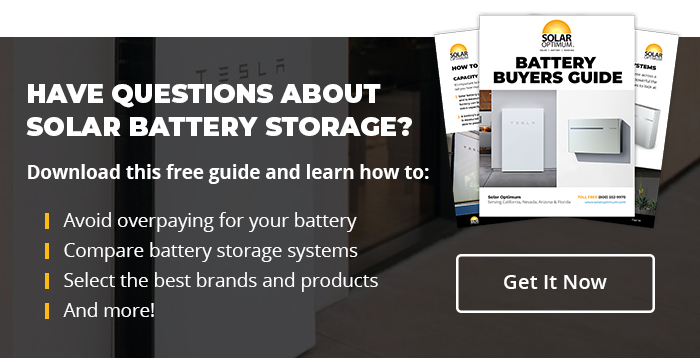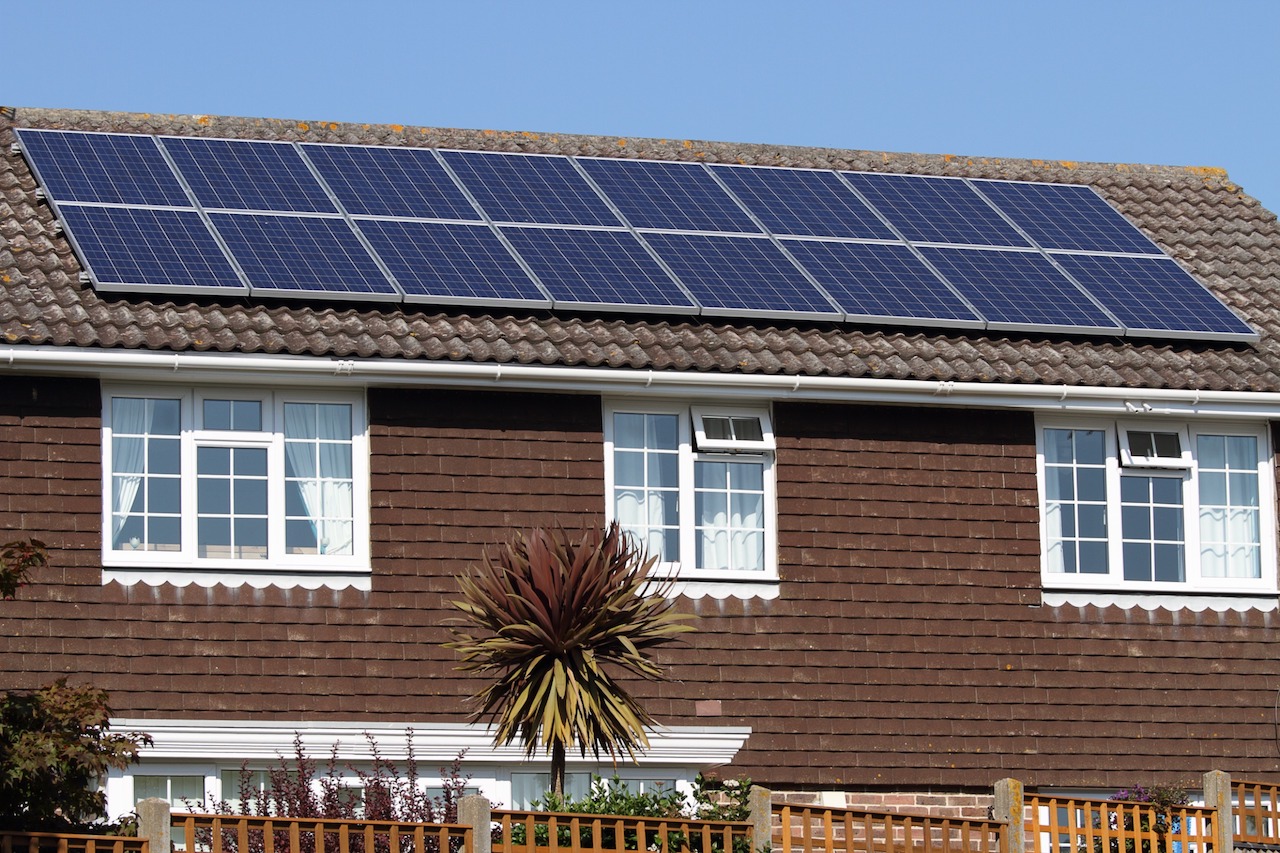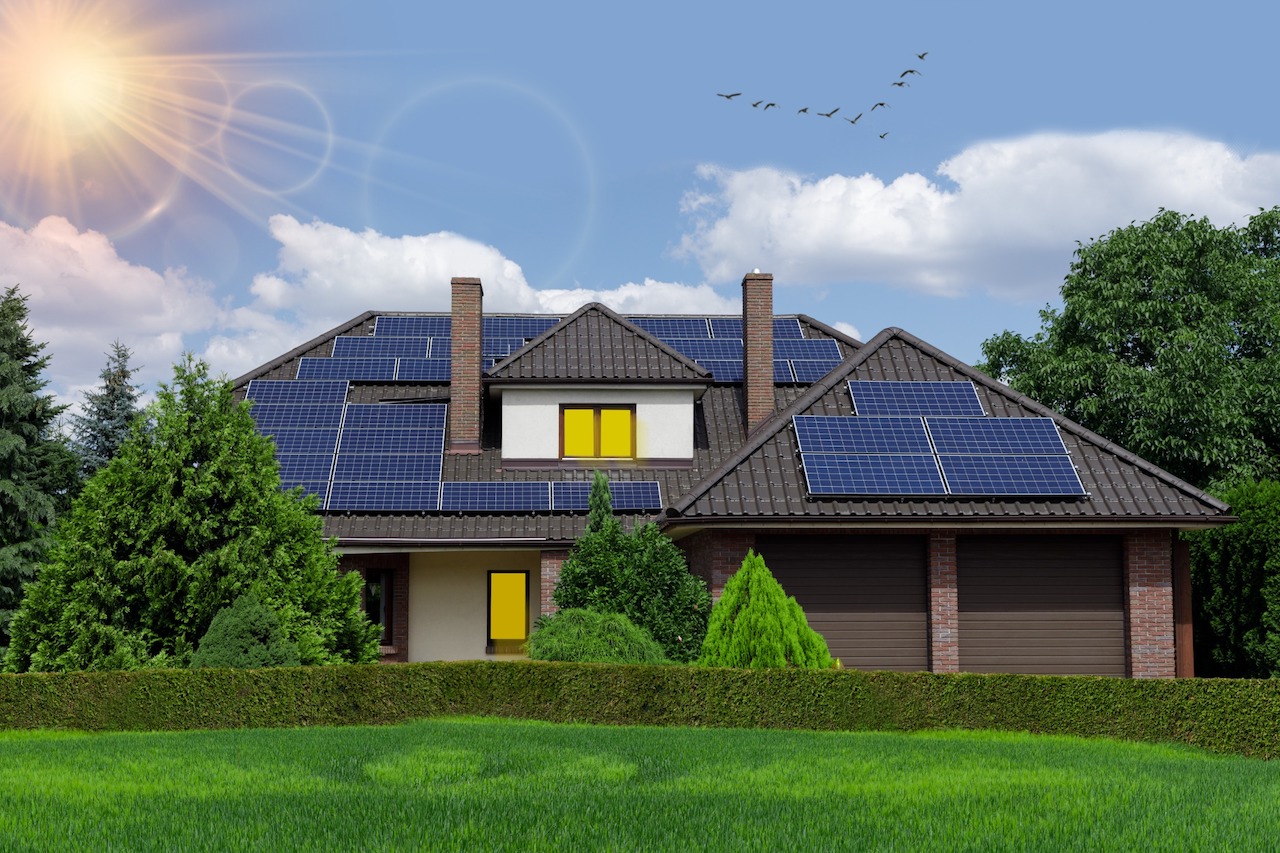The sun is one of the cleanest sources of energy, but it has one major limitation; it only produces power when it is shining. This presents a supply and demand challenge since peak energy use mostly begins in the evening, just as the sun goes down. To solve this issue, homeowners need to know how to store solar energy for use during times when the sun is not shining.
Efficient solar energy storage ensures that homeowners can have sufficient power even when the sun is not shining. This post will explore the mechanisms of storing solar energy for later use.
Methods of Storing Solar Energy
There are three general categories of solar energy storage: battery, thermal, and mechanical.
Battery Storage
Battery storage is the most common way of storing solar energy in residential areas. After being pumped into a battery, solar energy induces a chemical reaction that results in energy accumulation. Upon the battery’s discharge, the reaction is reversed, and the current flows outwards.
For this form of solar energy storage, Lithium-ion batteries are highly preferred. There are numerous advancements in battery technology and cheaper, more scalable battery storage options could be on the way.
Thermal Storage
This mechanism refers to the use of certain mediums, such as molten salt or water, to capture and retain the sun’s heat. The heated medium is consequently stored in an insulated tank until a later time when the energy is required. It is mostly used to boil water for energy production.
Mechanical Storage
This mechanism uses the potential energy of an item to produce electricity. It involves the conversion of extra electrical power into mechanical energy, which is later reconverted into electricity for use.
There are three popular mechanical energy storage techniques:
- Pumped hydro. A reservoir is used to store water uphill and atop turbine generators. When the demand is high, the water is released to flow through the turbines and generate power.
- Flywheel. This method relies on surplus power to rotate a flywheel, which then generates power for quick energy supply at peak demand periods.
- Compressed air. For this energy storage mechanism, compressed air is forced into large structures, such as underground vessels or tanks. During its release at peak demand periods, it generates electricity for use.
Using Batteries for Home Solar Energy Storage
The use of batteries is the most practical and cost-efficient way to store solar energy at home.
How Batteries Work
The main components of a battery are a positive electrode (cathode) and a negative one (anode), with an electrolyte sitting in between the two. An initial chemical reaction between the anode and the electrolyte frees up electrons from an atom, and they assemble at the anode.
Another concurrent reaction at the cathode prepares it to receive the influx of the released electrons. This transfer, however, occurs only after an electric circuit connection of both electrodes, which triggers an electric current.
After expelling energy, the battery has to be recharged. This can occur via a power source like solar panels. A recharge means a reversal of the chemical reactions to allow the battery to generate energy once again.
With recent advancements in solar energy storage capabilities and the rapid growth of solar battery installations, some systems can now store energy for up to 18 years. Typically, the majority of standard home batteries go for 1–5 days.
Get Solar Energy Storage Solutions from Solar Optimum
Knowing how to store solar energy can help you to further lower your electricity bills and maximize your time-of-use. Our solar experts can help you select and install the best solar panels and batteries so that you can easily achieve energy independence. Contact us today for a quote.






